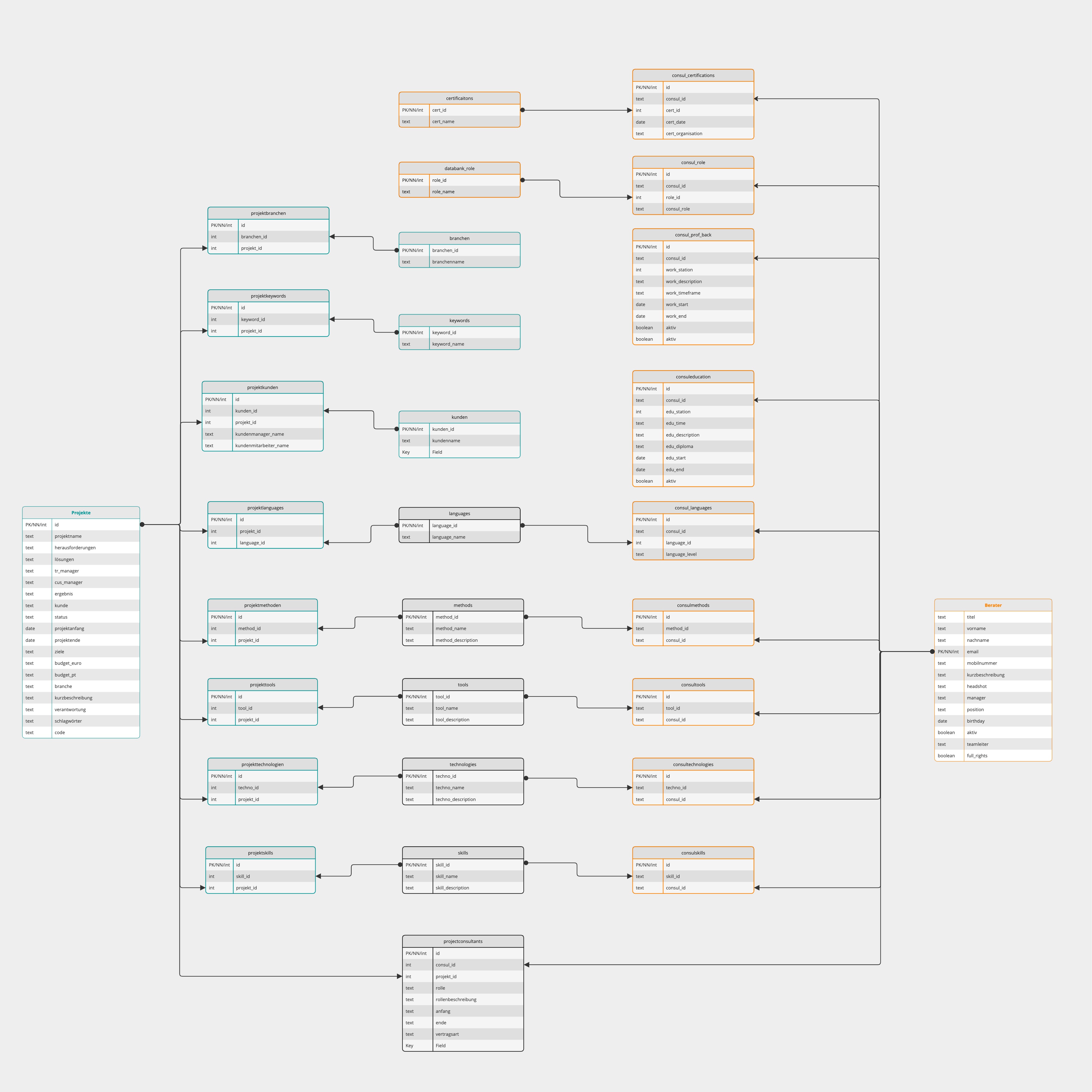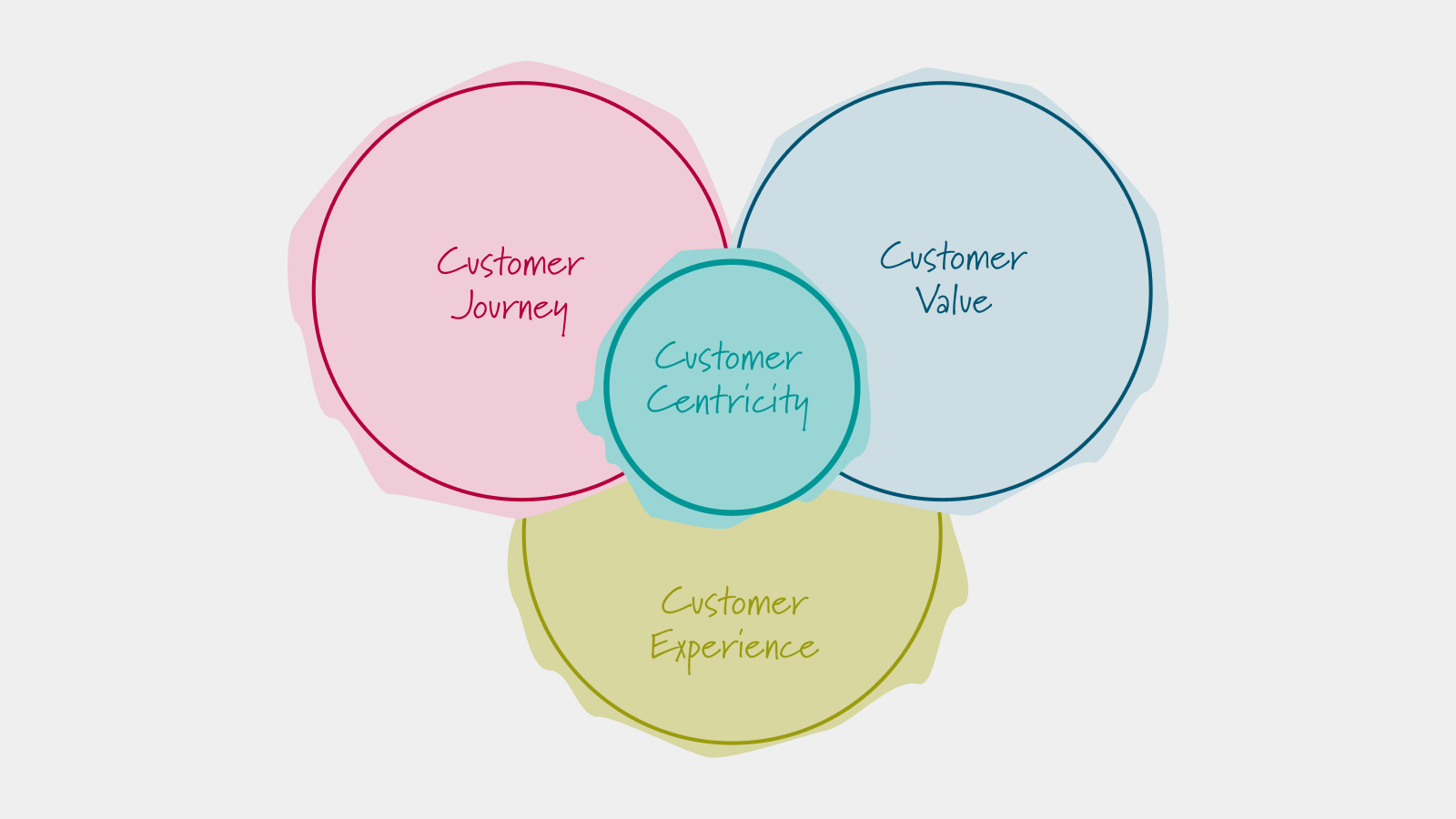
Efficient In-House Apps For Projects And Consultant Profiles: A Look Behind The Scenes
How we built two internal apps for projects and consultant profiles with AppSmith
Mika Lembrecht
12.5.2024
We have successfully developed two internal apps: one for managing employee profiles and one for providing an overview of projects. These apps enable efficient data management and offer useful functions such as displaying project information and maintaining consultant profiles. By sharing a database, information can be shared between the apps, enabling seamless collaboration. These apps improve operational processes and help to increase efficiency at transentis.
Introduction
The aspiration to become ever more modern and digital is deeply rooted in our corporate culture.
In the course of the company's history, transentis has successfully completed more than 100 projects. These projects had different requirements, tasks and employee constellations. In addition, each of our consultants has different experiences and skills. We needed a solution to be able to access all this information quickly. This gave rise to the idea of two internal apps: one for maintaining employee profiles and one for project overviews. These apps mark an important step in our digital transformation by helping to optimise our operational processes.
Which tools did we use?
We opted for AppSmith for the front end. With the help of AppSmith, we were able to quickly and efficiently design the frontend according to our wishes and requirements. The low-code platform offers numerous widgets and works with a simple drag-and-drop principle. To link the frontend with the backend and automate everything, we still needed JavaScript. In the backend, we use the open source database PostgreSQL, which we administer using PGAdmin. This allowed us to carefully store all the tables and access them in AppSmith. However, it is also possible to use other tools to administer databases.
This combination of AppSmith and PGAdmin forms the backbone of our applications and enables us to implement our digital solutions efficiently.
Presentation of the two end products
Project database
First and foremost, our aim was to design the individual pages. How many subpages do we need? Where should which section go? We sketched this out in order to have an approximate blueprint of what exactly should go where. The frontend was then built. The result is the following three pages.
The first page serves as a kind of rough subdivision of the projects. The name, project manager and whether the project is still active or already finished are displayed there. You also have the option of adding new projects here.

After clicking on ‘Add Project’, you will be taken to the main page of the respective project. Here you will find almost all the important information about the project. Here you will find the employees involved, objectives, budget details, the result and much more. All information can be changed quickly and easily using the ‘Save information’ button.

The third page contains 4 tables. Skills, Tools, Technologies and Methods. New elements can be added and deleted here.

Consultant profiles
The consultant profile app also started with a rough plan. An initial sketch led us to the following result.
The first page shows each user their account. Only the team leader can view the information of his team members. Here you can also create a new account for a new user.

The second page contains general information as well as the consultant's professional and educational background. This is followed on page three by the skills, technologies, methods and other information, which the employee can add and delete at any time.

On the following page, linked to the projects, there is a subpage with the projects in which this employee was involved.
The long-term aim is for everyone to keep their profile constantly up to date. Anyone can quickly add newly learnt tools, technologies etc. with just a few clicks.
The shared database
As both applications require some of the same information, we work in a shared database. The two outer pages contain the main tables, one for projects and one for consultants. In the centre are the interface tables, for example tools or methods. On the one hand, different tools can be used in a project, but a consultant can also have experience in individual tools. In total, there are almost 30 tables for both applications, in each of which the information is stored.

Possible areas of use
Both applications can be used in a variety of ways. On the one hand, we have a complete overview of all projects and consultants. This allows us to quickly and easily document and retrieve all important company information. We can also use this information to display the latest projects and case studies on our website. This allows website visitors to see which projects we are currently working on at transentis. Another major advantage for our company is that we can prepare quotation letters faster and more efficiently, as we have quick and easy access to similar projects, including experience and results. In this way, we show the customer that we have the expertise. The same applies to our employees; we can suggest consultants for specific projects directly to the customer with the required expertise.
What's next?
In the future, we want to add a function that allows us to create a PDF and Word file at the touch of a button. This file should then generate a summary of the project or consultant, where the most important information is displayed anonymously. This will allow us to download entire summaries of projects or consultants in just a few seconds and show them to potential customers.
Conclusion
Companies must continuously develop and improve. Our incentive is to become more and more efficient internally, to develop further and to digitalise processes.
The result is two functional self-made applications that help us enormously as a company. The benefits that we get from these apps benefit the entire company.
Workshops
Resources
All Rights Reserved.


